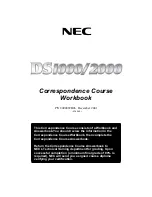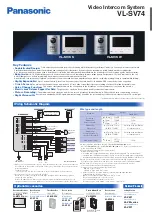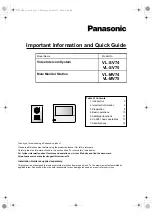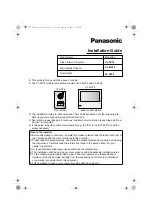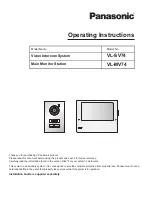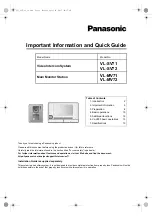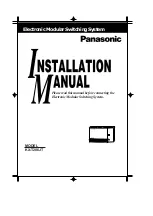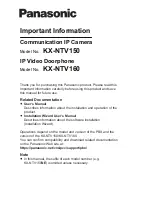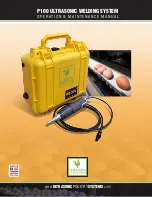
5
Ventilation
Slots and openings in the casing of your home terminal are
provided for ventilation, to ensure reliable operation of your
home terminal and to protect it from overheating. These
openings must not be blocked or covered. Never block the
openings by placing your home terminal on a bed, sofa, rug or
other similar surface. Do not place your home terminal in a
built-in installation such as a bookcase or rack unless proper
ventilation is provided or you have adhered to the
manufacturer’s instructions.
Water and moisture
Do not use your home terminal near water; for example, near
a bath tub, wash bowl, kitchen sink or laundry tub; in a wet
basement; or near a swimming pool. Do not expose your
home terminal to dripping or splashing, and ensure that no
objects filled with liquids, such as vases, are placed on your
home terminal.
Entry of objects and liquids
Never push objects of any kind into your home terminal
through openings, as they may touch dangerous voltage points
or short-out parts that could result in fire or electric shock.
Never spill liquid of any kind on your home terminal.
Cleaning
Unplug your home terminal from the wall outlet before
cleaning. Do not use liquid cleaners or aerosol cleaners. Use a
dry cloth for cleaning.
Servicing
Do not attempt to service your home terminal yourself, as
opening or removing its covers may expose you to dangerous
voltage or other hazards. Incorrect reassembly may cause
electric shock when your home terminal is subsequently used.
Refer all servicing or repair work to qualified service personnel.
Damage requiring service
Unplug your home terminal from the wall outlet and refer
servicing to qualified service personnel under the following
conditions:
• when the power-supply cord or plug is damaged;
• if liquid has been spilled, or objects have fallen, into your
home terminal;
• if your home terminal has been exposed to rain or water;
• if your home terminal has been dropped or damaged in any
way;
• if your home terminal exhibits a distinct change in
performance; this indicates that it needs to be serviced.
Replacement parts
When replacement parts are required, be sure that the service
technician has used replacement parts specified by the
manufacturer or that have the same characteristics as the
original part. Unauthorized substitutions may result in fire,
electric shock or other hazards.
IMPORTANT SAFETY INSTRUCTIONS (cont.)























